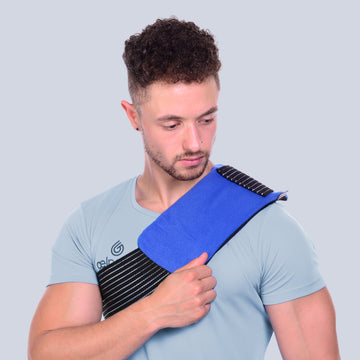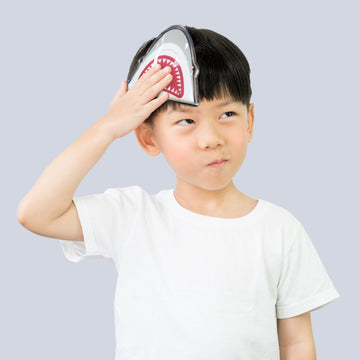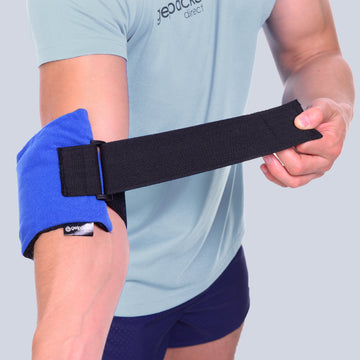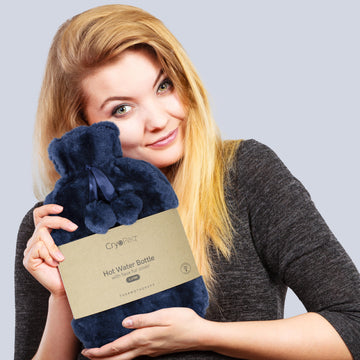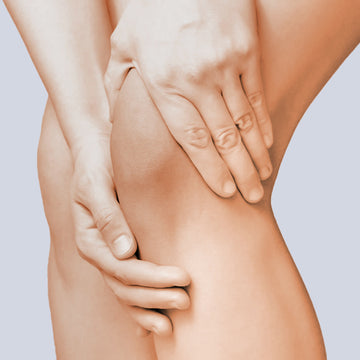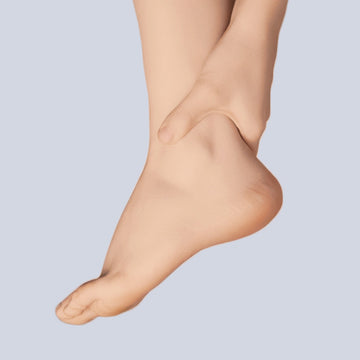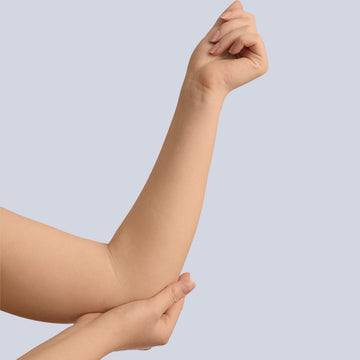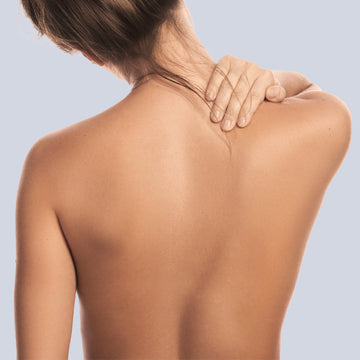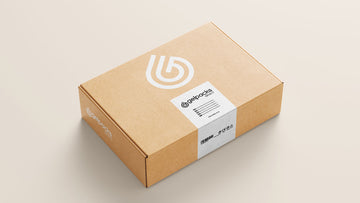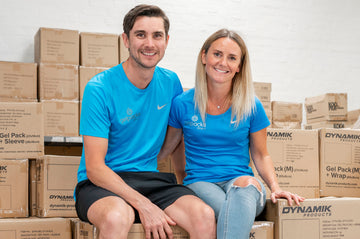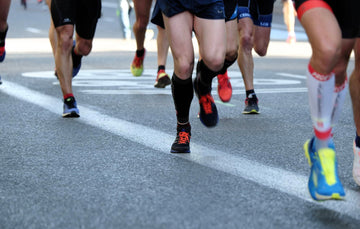Posted by Tia Patel | APR-27-2021

Staying safe whilst running in the sun
Happy National Sun Awareness week!
In 2019, it was reported that almost 900 people died as a result of heat related illness. We all know that staying out in the sun for too long can put us at risk of dehydration and sunburn, if we’re not careful. Having said that, as Brits, we are a nation of sun worshipers, taking every opportunity to whip out the shorts and crack open that holiday draw!
The good news is that research suggests running in the sun brings benefits to both running performance and overall health...that’s a win win!
With warm summer days fast approaching, here are our tips to keep you safe outdoors on those long summer runs.
The Benefits of Running in the Sun
-
Sunshine is vital to your health and contributes to vitamin D levels, which the body makes when your skin is exposed to UVB rays. It’s thought around one fifth of UK adults may be deficient in Vitamin D which is associated with depression, bone fractures, hypertension, autoimmune diseases and cancer. Running in the sun can actually put you at significantly lower risk of disease.
Have a look at our blog on Vitamin D for more tips on treating a deficiency
-
The skin contains a large amount of nitric oxide, a chemical that dilates blood vessels to reduce blood pressure and lower the risk of heart disease and stroke. Your body’s nitric oxide supply is activated by sunlight before being released into circulation. According to research by the American College of Sports Medicine, time in the sun could also lead to faster race times. The study involved cyclists spending 20 minutes under a UVA lamp before completing a 10-mile time trial which was faster than when completed without the ray. The physiologist explained that a release of nitric oxide helped more blood and oxygen flow to the muscles and reduced the amount of oxygen the muscles used to produce force which helped the cyclists push harder for longer.
Summer Running Tips
1. Time and place - Avoid running in the midday heat and run in the morning or evening instead. At this time of day, not only is it cooler, but there’s also less ozone in the atmosphere. High ozone values can irritate your eyes and airways.
Check out our tips for running with asthma
2. Hydration is key - Running in the heat will cause your body to sweat, losing both water and electrolytes. If you don't replace them when you are running or immediately after, you risk becoming dehydrated and increase the chances of heat-related illness.
We’ve answered the top 4 questions on electrolytes
3. Start slowly - Give your body time to adjust to the higher temperatures. Avoid intense training sessions during the first few really hot days and start off slowly. Be flexible with your running schedule and give yourself the opportunity to adapt your speed and distance to the conditions. Give yourself a realistic timeframe that you can manage and run according to how you feel. Mix up your pace and adjust your performance level based on the heat and don’t be disheartened if you’re not running at the pace you want to be.
4. Cool yourself down - If you are overheating, splashing water on your head and body will cool you down quickly and have a lasting effect as the water evaporates from your skin. Good spots to splash cold water are your head, back of your neck, under your arms, and the inside of your wrist.
5. Protect your skin - Cover your skin to protect from sun burn. Keep reading for what running gear you need to invest in for summer running.
Summer Running Gear
1. Clothing - Choose lightweight, loose fitting clothing which is made of a wicking technical fiber, pull moisture away from your body and keep you cooler. Avoid clothes that are 100 percent cotton as these will absorb sweat, which weighs down the clothing and can cause chafing.
Whilst short-sleeve tops or tanks may seem like a solution to staying cool, long-sleeve shirts can keep you cooler because they shield more skin from the sun. When it comes to running shorts, choose longer, loose-fitting styles, which protect more of your legs from the sun and help keep you cooler by offering more ventilation.
Tops and bottoms should be light in color to reflect the sun's rays. Dark colors absorb the sun's heat and can cause you to overheat much faster.
2. Sunscreen
Cover all skin that is exposed to the sun with a waterproof sunscreen. The purpose of sweat is to cool your body. When sweat evaporates, it cools your blood vessels and your skin. Greasy sunscreen clogs your pores and makes it harder for your body to sweat. So opting for a waterproof one which is breathable will maintain protection without causing discomfort as you run. The sun protection factor (SPF) tells you how long the sunscreen extends your skin’s own natural protection time. How much sunscreen you need depends on your skin type, the time of day, and current UV levels. Don’t forget to rub some on your neck, the back of your knees, and your ears!
3. Gel Ice Pack
Treat any niggles before they turn into an injury using cold to reduce swelling and inflammation and ease pain. Following up with heat 2 hours later to bring fresh blood and healing nutrients back into the area for a quicker recovery.
Find out how to best use ice and heat therapy here for effective injury recovery
4. Water Bottles, Hydration Packs and Fuel Belts
Whilst we know it can be a pain having to run with water, here are our top 3 choices:
- Hand-held water bottles come with a hand strap making it easier and more comfortable to carry. Typically these fit between 10 and 20 ounces of fluid.
- Hydration packs are worn like a backpack and can carry up to 70 ounces of fluid. These are better for longer runs.
- A fuel belt holds multiple smaller flasks or bottles. These are worn around the waist and are designed to distribute the weight more evenly to reduce bouncing. The fuel belt is ideal for runners who want to carry both water and sports drinks.
Check out our homemade sports drink recipe
5. Running hats
Wear a hat with a significant brim to keep the sun off your face. Some running hats also offer a "sun skirt" that offers additional protection for your ears and neck. Choose a hat that's made out of a technical fabric to help wick the sweat away from your head. Avoid cotton baseball hats, which can trap heat and cause your body temperature to rise.
With lockdown finally easing, It’s now time to make the most of the great outdoors - Happy Summer
#TeamGPD
